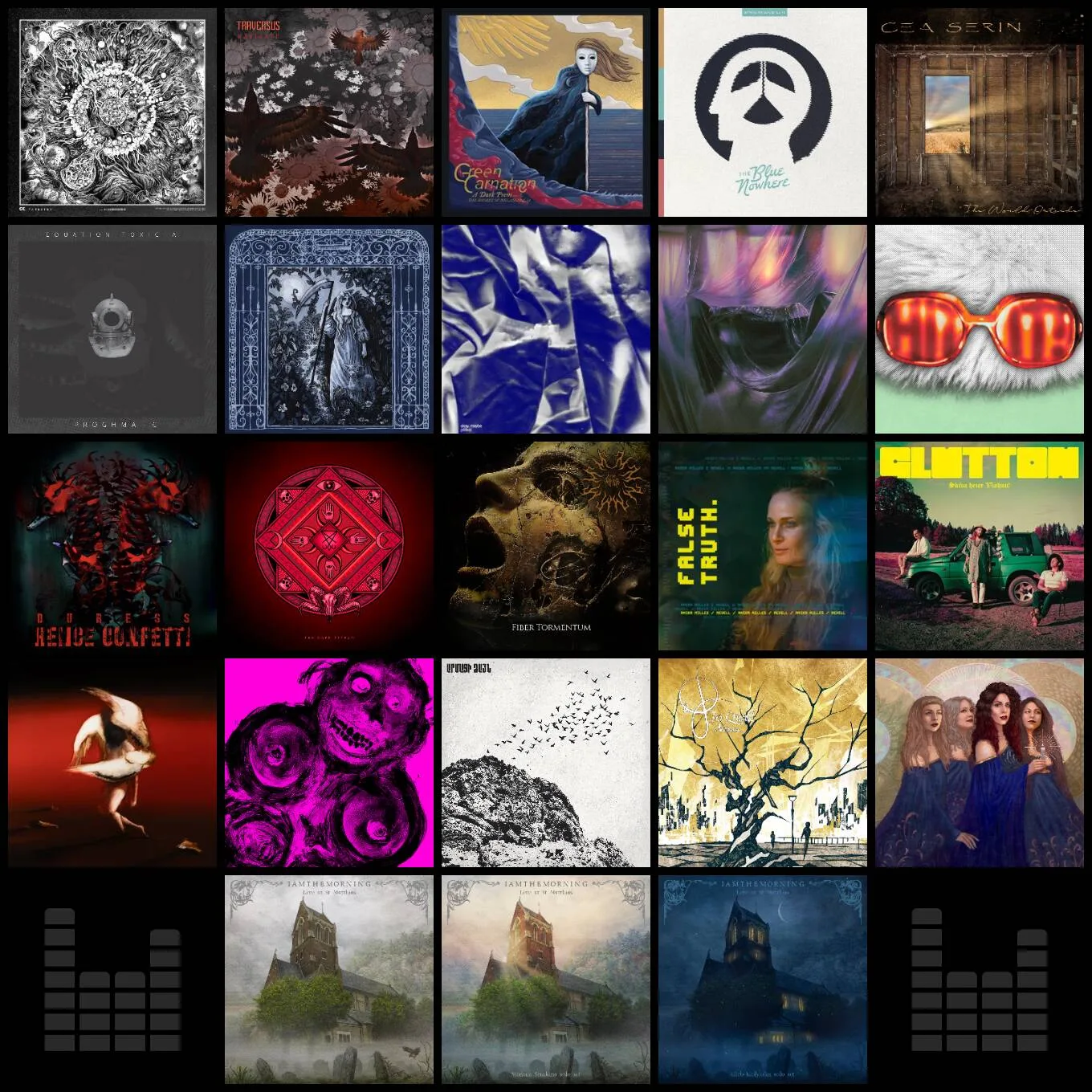
Psygnosis – Mercury
I have said it before, and I will say it again, French metal bands are often remarkable and different. They have, dare I say it, a certain je ne sais quoi. Well, Psygnosis are one of those French and quite remarkable bands. Falling under the genre of atmospheric extreme metal their fourth album is entitled “Mercury.” Like its 2017 predecessor ‘Neptune’ it deals with matters of the Solar System.
The band was formed in 2009 by guitarist Rémi Vanhove and consisted of a second guitarist, a singer, and a bassist. Two albums were released with this line-up, then in 2015 things changed and the founder member started again. He recruited a cello player by the name of Raphaël Verguin and the band became instrumental. After the release of ‘Neptune’ the current line-up was completed with the addition of guitarist Elise Masliah and drummer Thomas Crémie.
A six-year hiatus followed, not helped by the pandemic, but finally the new album was ready. Running out at over 56 minutes, it comprises of 5 tracks all over 8 minutes in length. They start as they mean to go on with ‘Öpik–Oort’ a 12 ½ minute interpretation of a theoretic phenomenon. The Öpik–Oort cloud was proposed in 1950 by the Dutch astronomer Jan Oort and surrounds the outer edge of the Solar System. It is so far out that it is estimated that the Voyager probe will reach it in around 300 years.
The chaotic nature of such a celestial beast is mirrored in the music as it moves between many moods and styles. Sometimes violent and loud and at other times subdued and melodic with the cello adding an orchestral element. As a result, it proves to be as mysterious and unpredictable as the Öpik–Oort cloud itself.
Psygnosis – Öpik-Oort (click here if the video does not play)
If you have ever witnessed an eclipse, you will have experienced the anticipation as the event approaches. The track ‘Eclipse’ emulates an aural version of that feeling, slowly building to a majestic if slightly cacophonic crescendo. The climbdown features some French spoken word and calming cello, perhaps signifying the euphoria after the spectacle.
Psygnosis – Eclipse (click here if the video does not play)
As a contrast a sedate atmosphere takes over in ‘Sunshine’ and there is not a power chord in sight until halfway through. Even at this point you can easily imagine basking in the sun on a warm summer’s day. The track acts as a shortish breather in the middle of the album.

Photo Credit – Philippe Parickmiler
The Caloris Basin is one the largest impact sites in the solar system. It is of course on Mercury and is around 1525 kilometres across. The band have certainly picked some of the biggest things in nearby space to base their compositions on. The track of the same name is dynamic and exciting, with orchestrations, crunching chords and lead breaks from guitars and cello.

Photo Credit – Philippe Parickmiler
The final track is also the longest at over 15 minutes. ‘Uranometria’ is a musical journey across the cosmos. It takes its inspiration from the book of that name, produced by Johann Bayer in 1603. The book, containing 51 constellation maps, was the most accurate and artistic of its time. The track encompasses all that has gone before and more, finishing the album in epic style. Each section is different from the last portraying a long voyage into the night sky. If you have an hour to spare and need convincing, the whole album is available to listen to on YouTube:
Psygnosis – ‘Mercury’ (Official Album Stream) 2023 (click here if the video does not play)
I’m not sure I’ve heard anything quite like this before. I hope this line-up stays together as I hope to hear more from them sometime. This is an album to listen to when you are relaxed, preferably with your favourite tipple and with the lights dimmed. Just let the soundscape wash over you and take you to the far reaches of the Solar System.
Track list:
- Öpik-Oort (12:33)
- Eclipse (10:38)
- Sunshine (08:57)
- Caloris Basin (08:43)
- Uranometria (15:27)
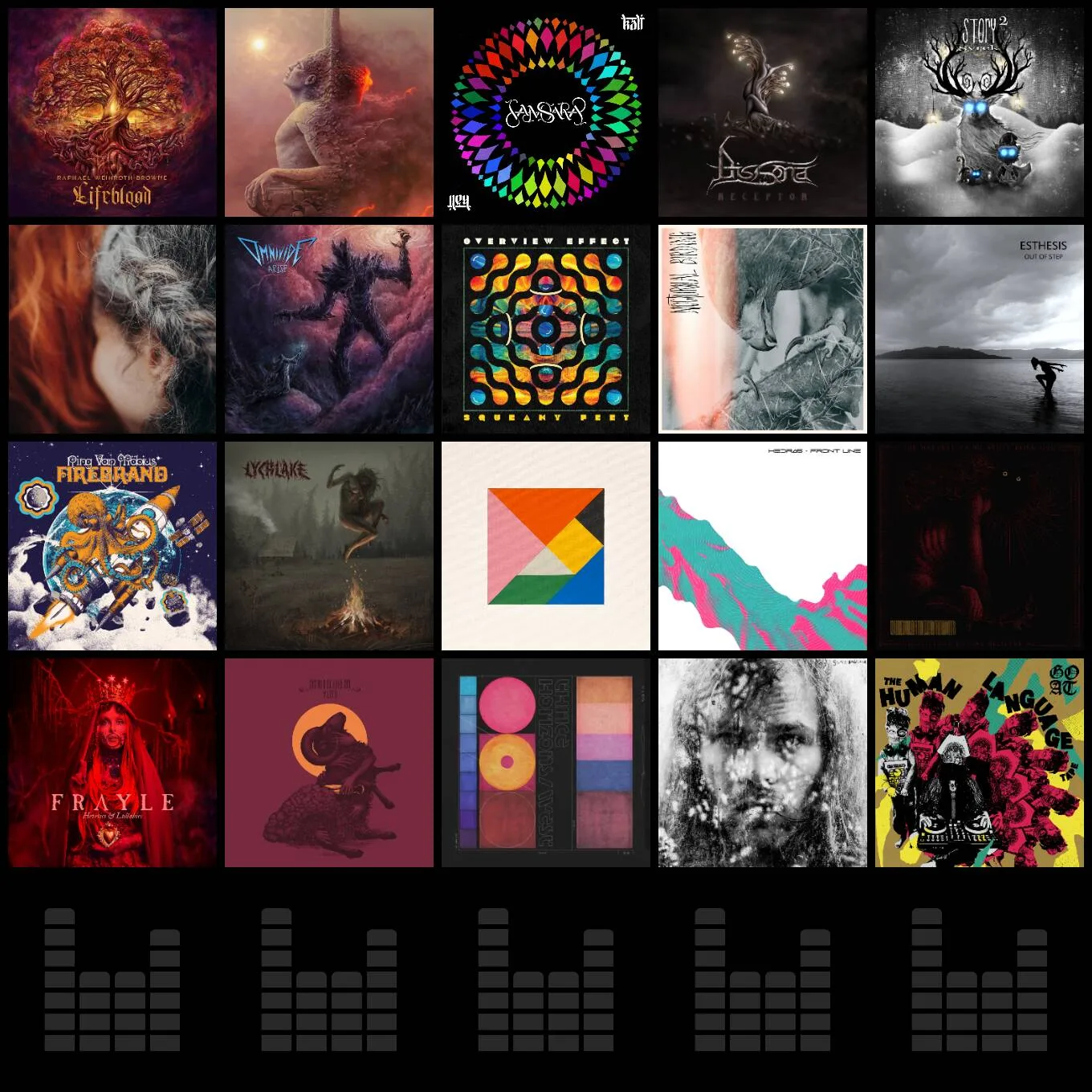

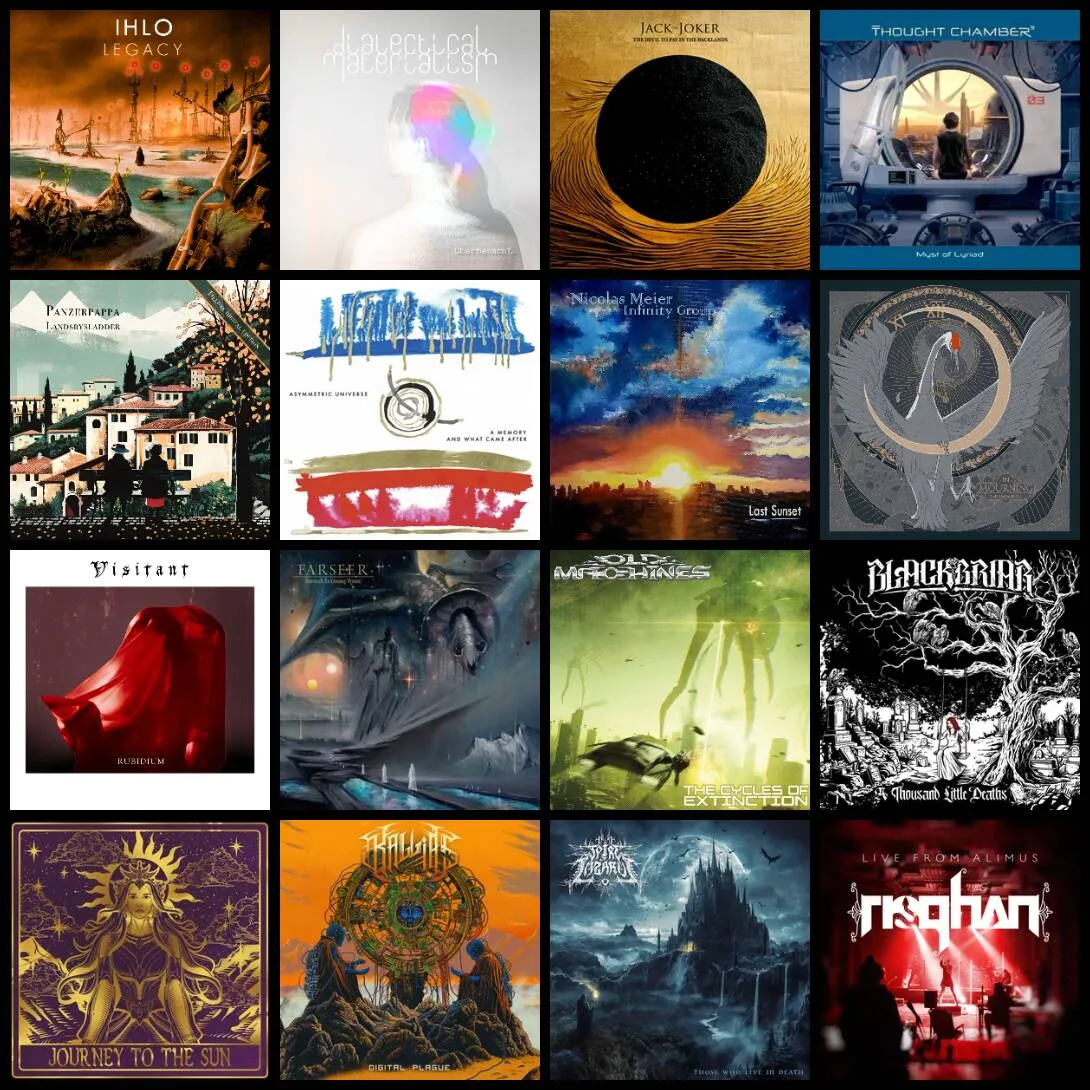
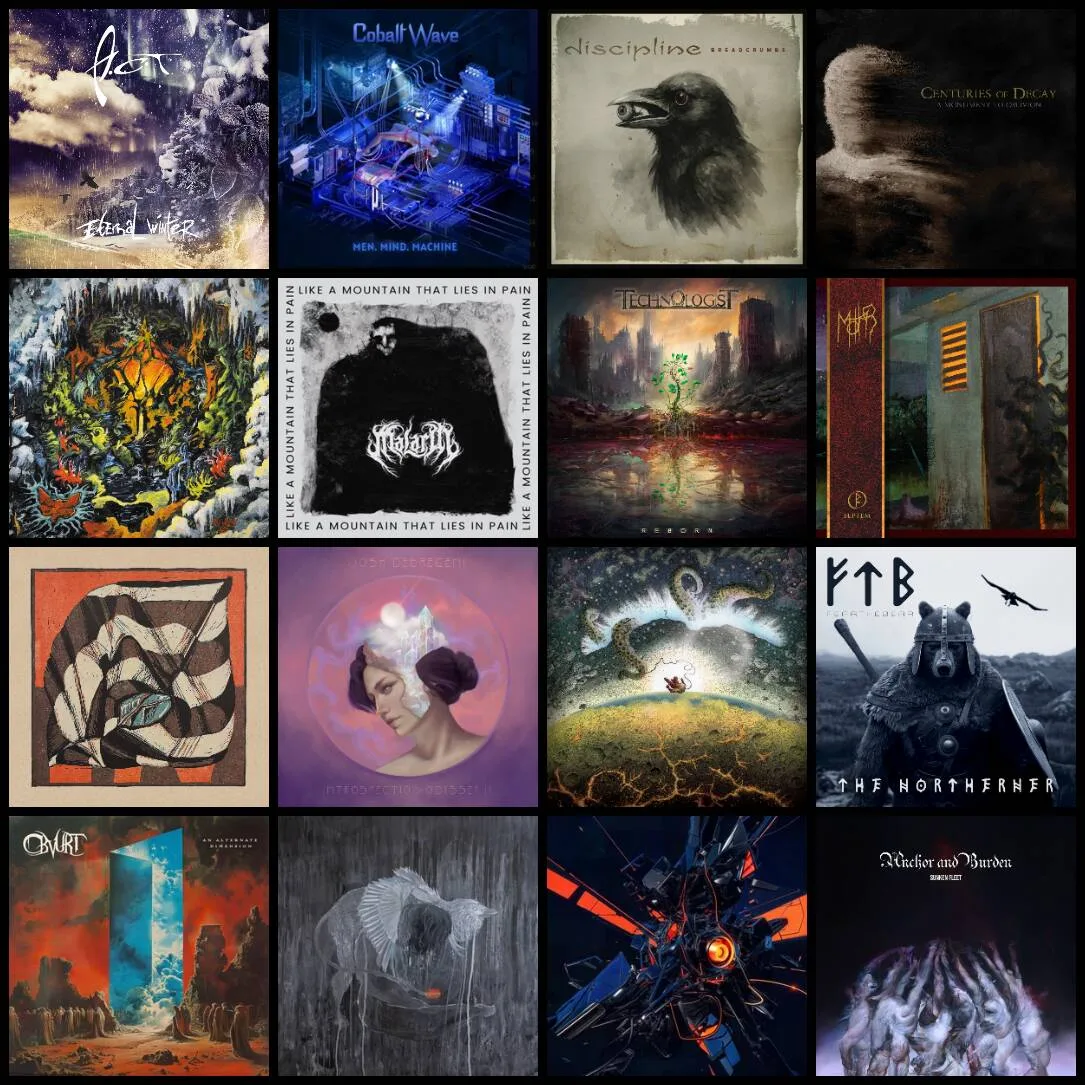

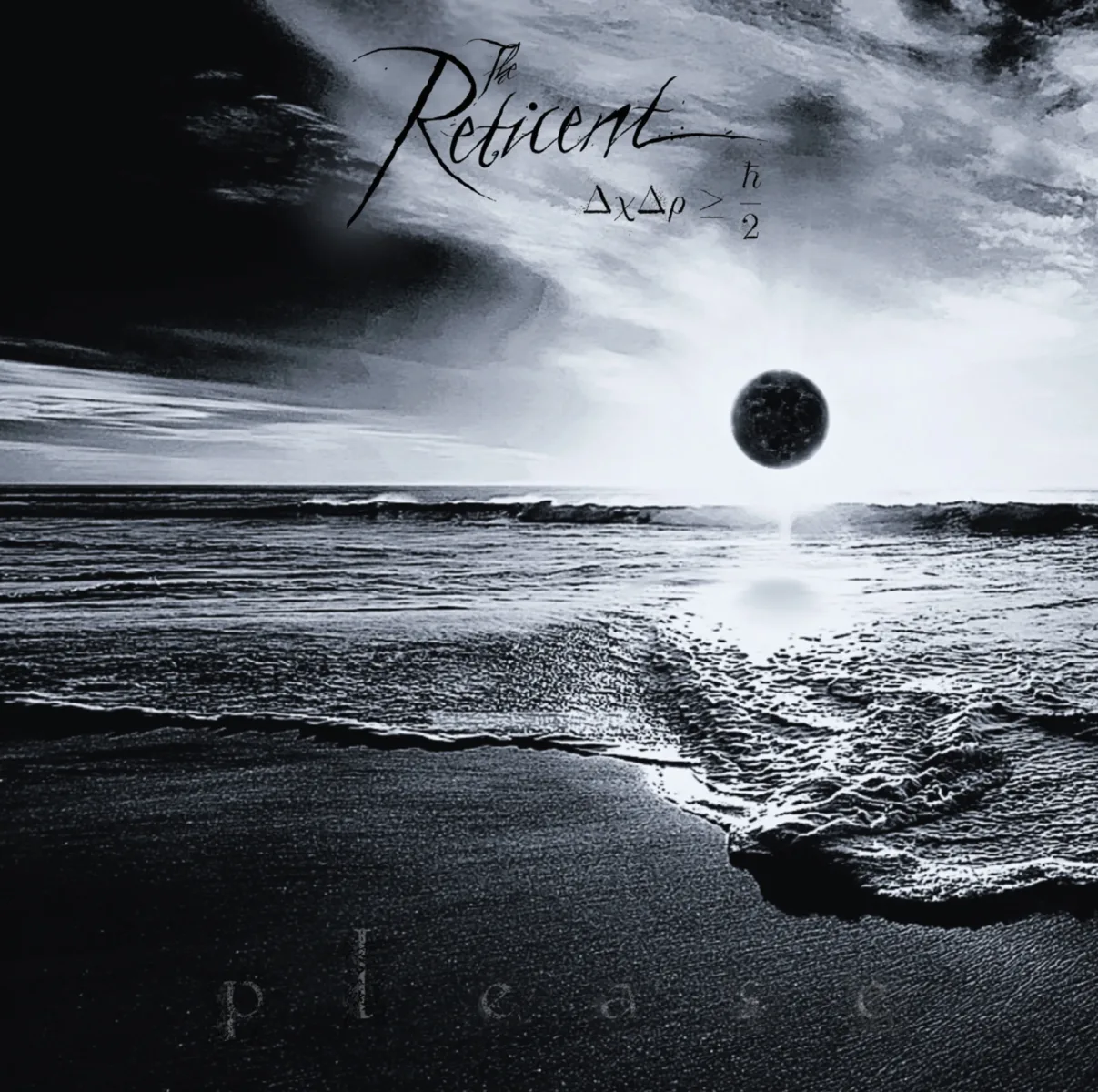
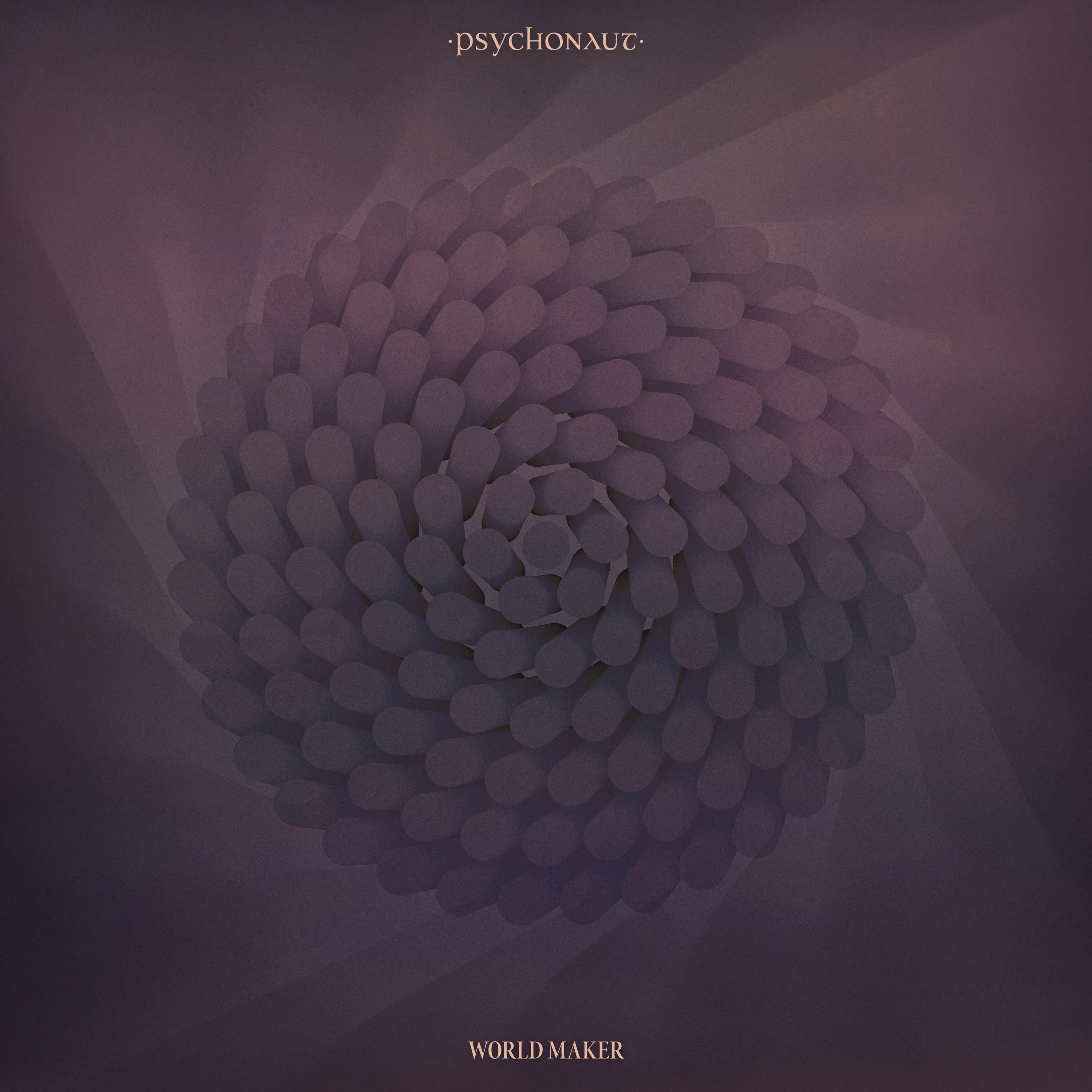
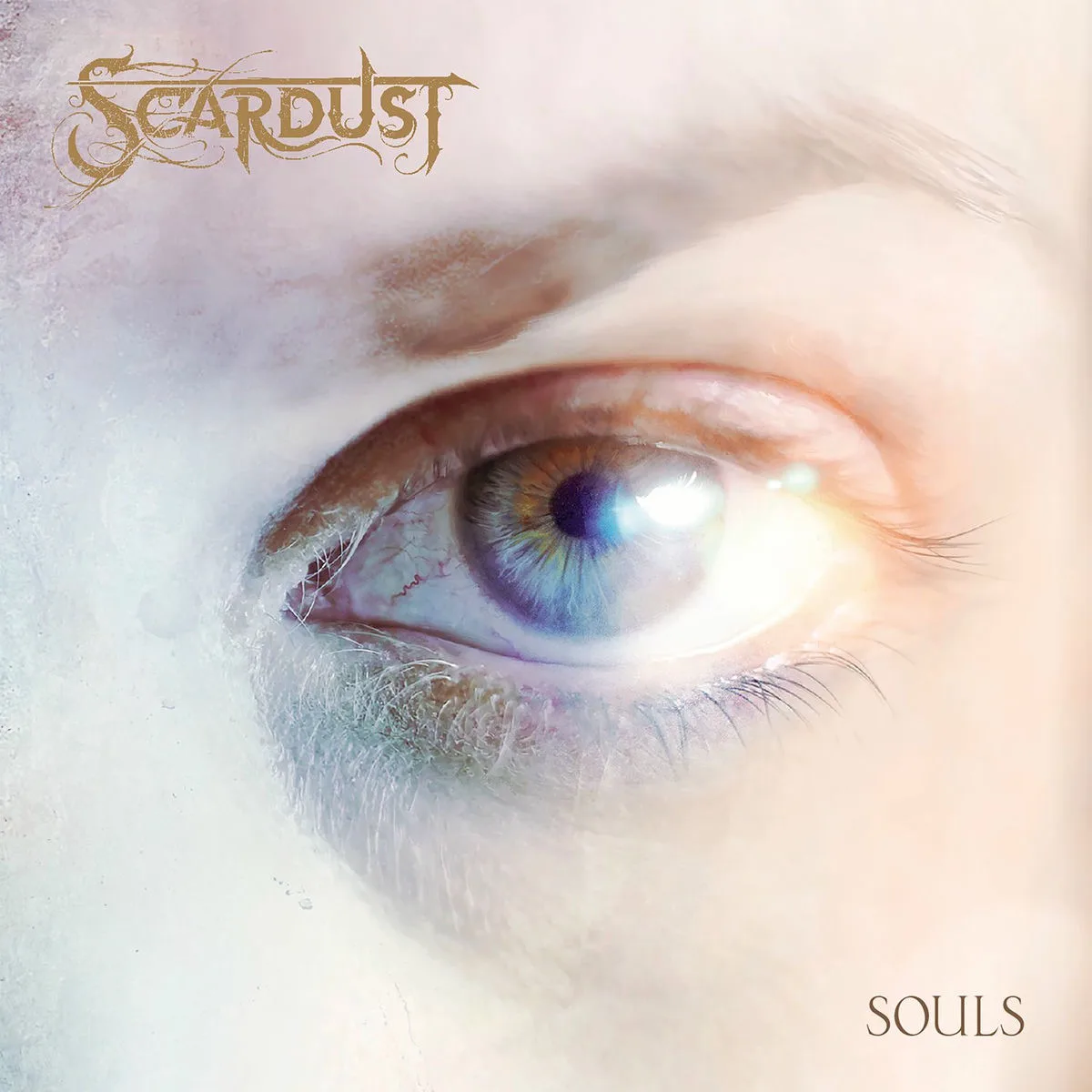
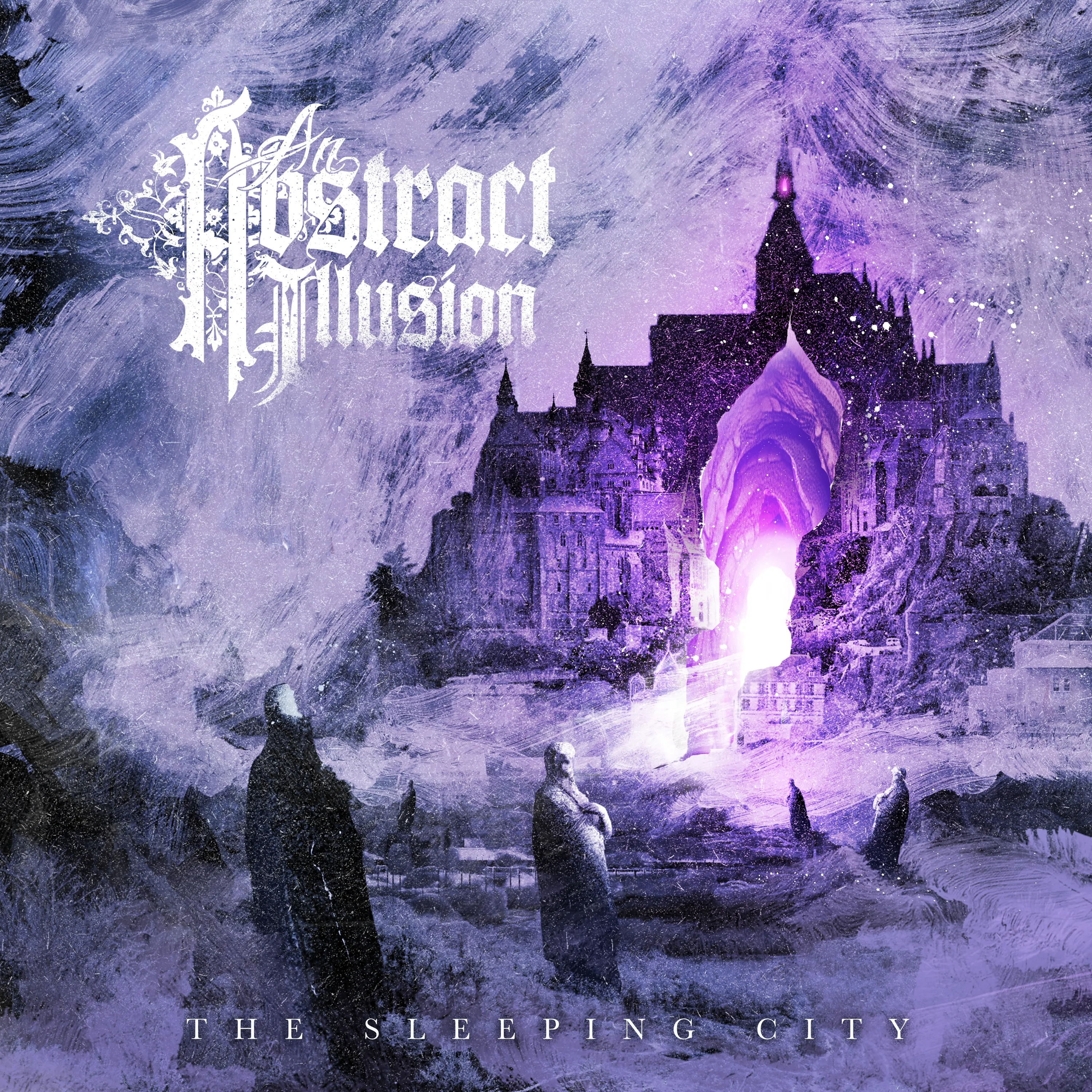





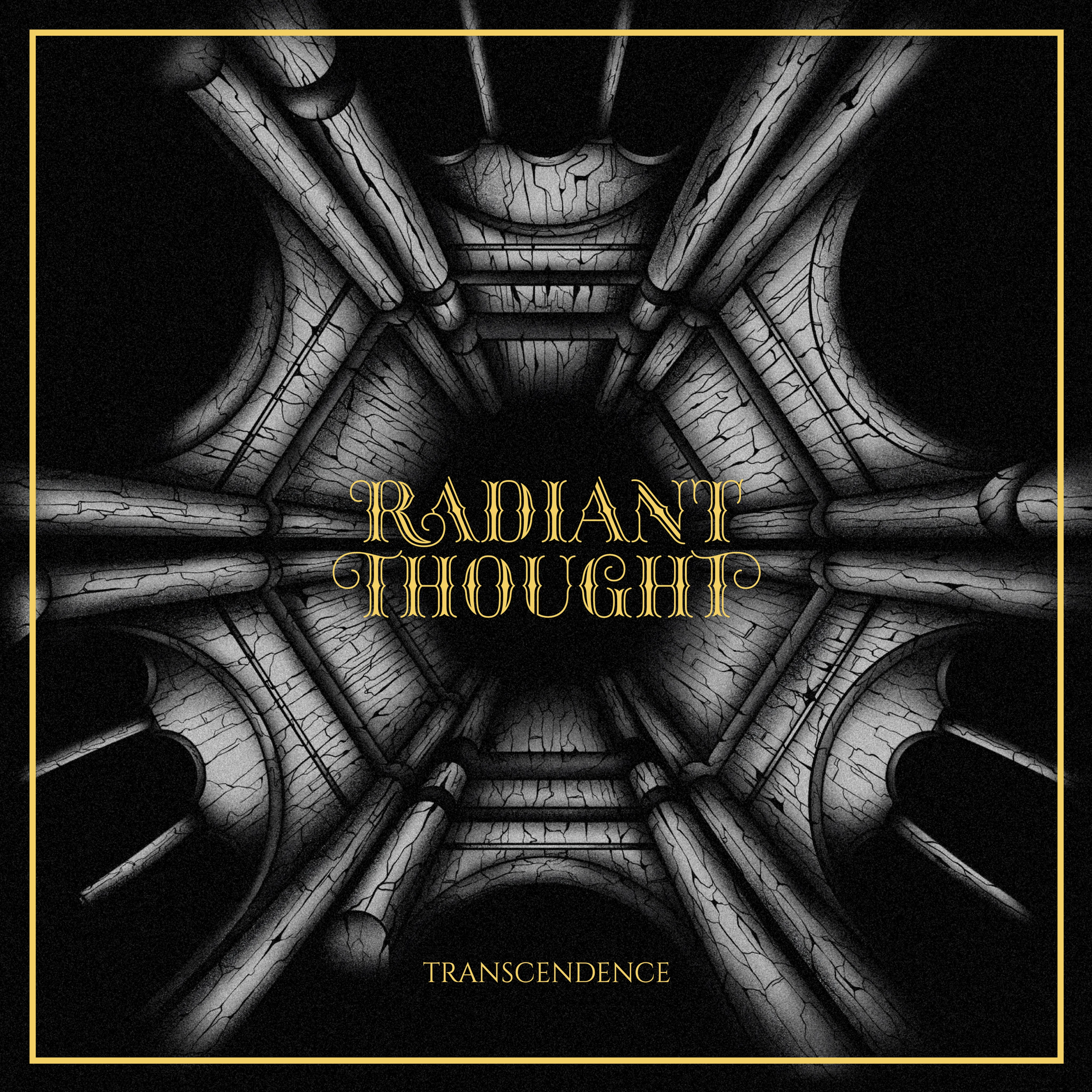

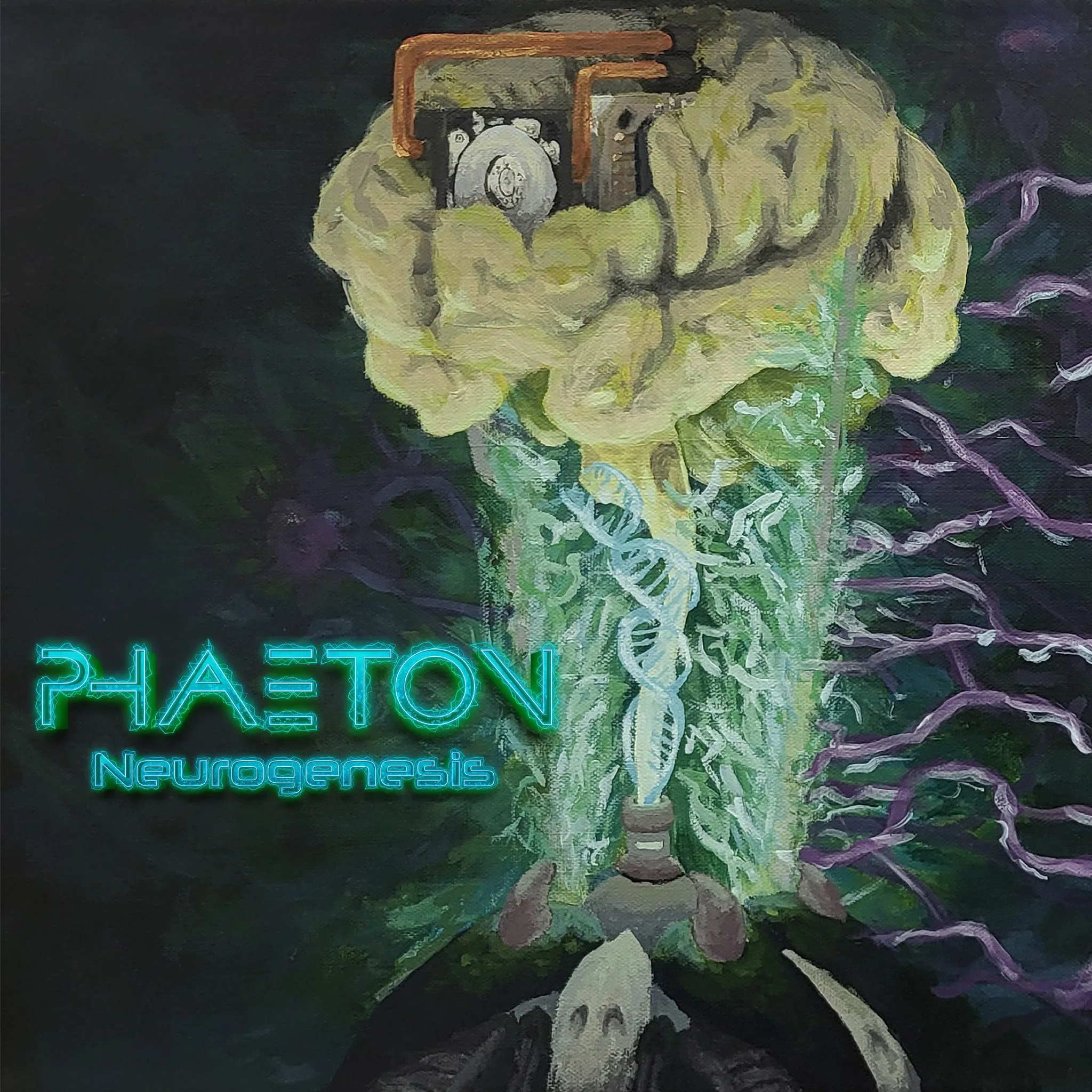








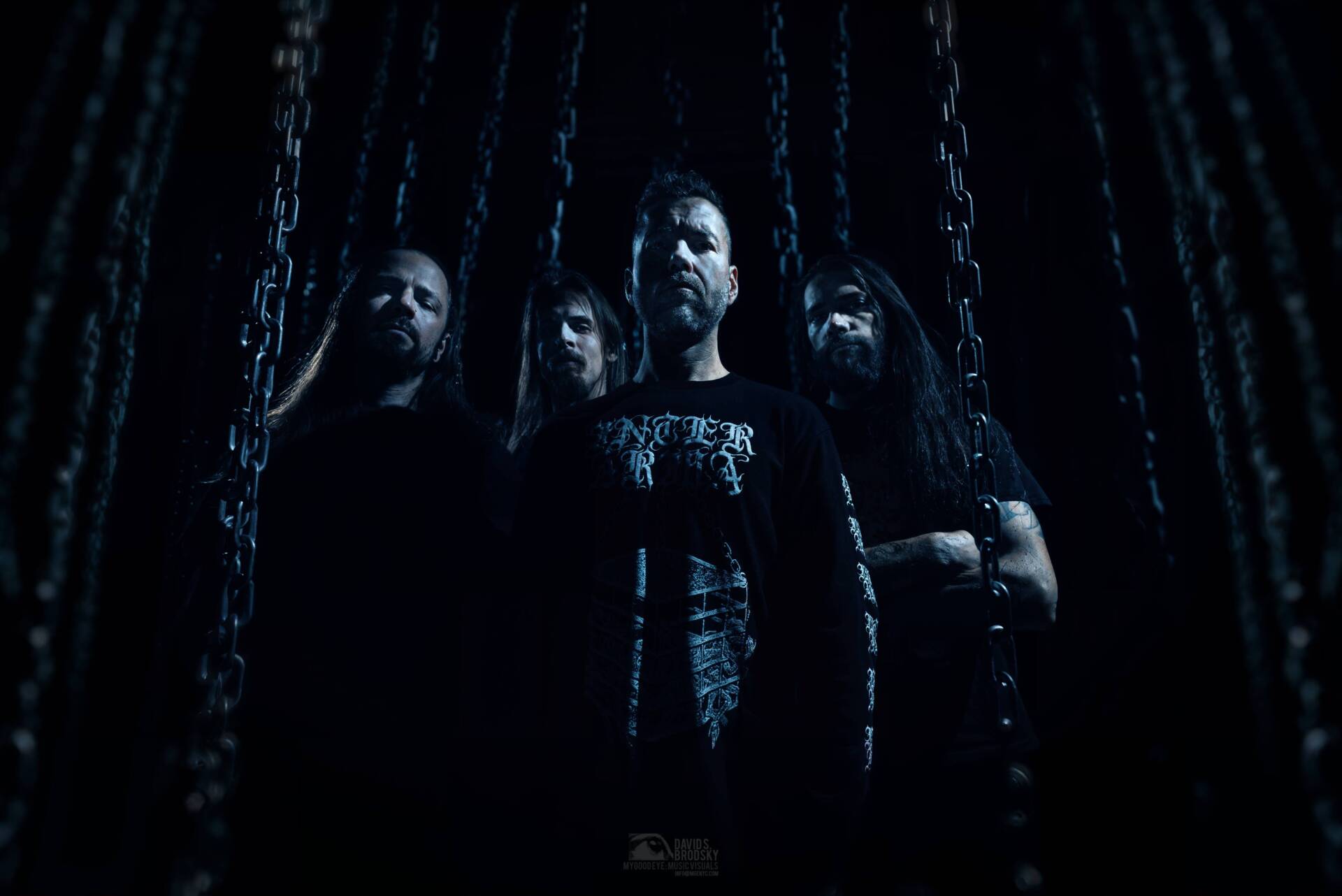






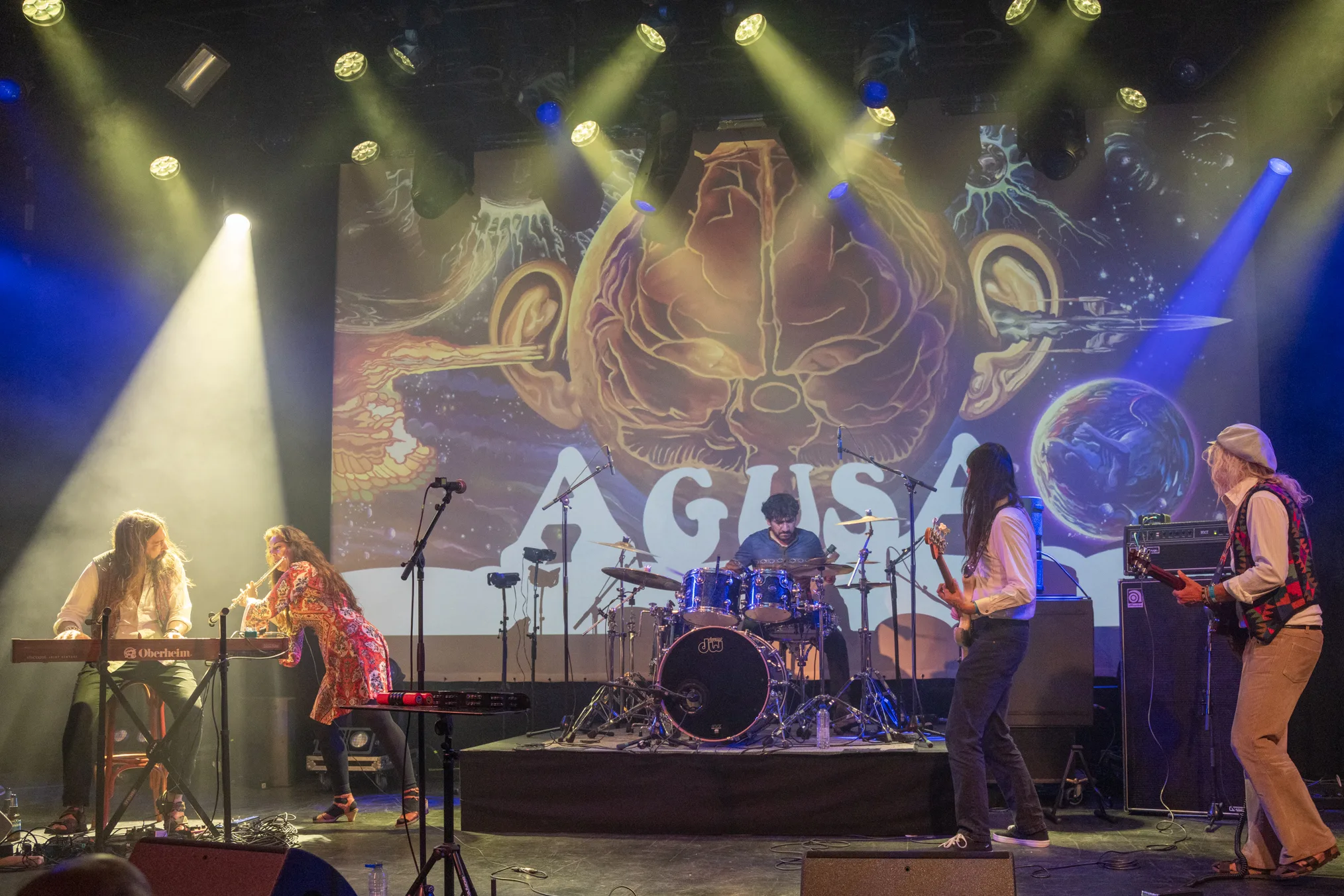






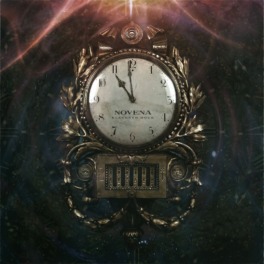


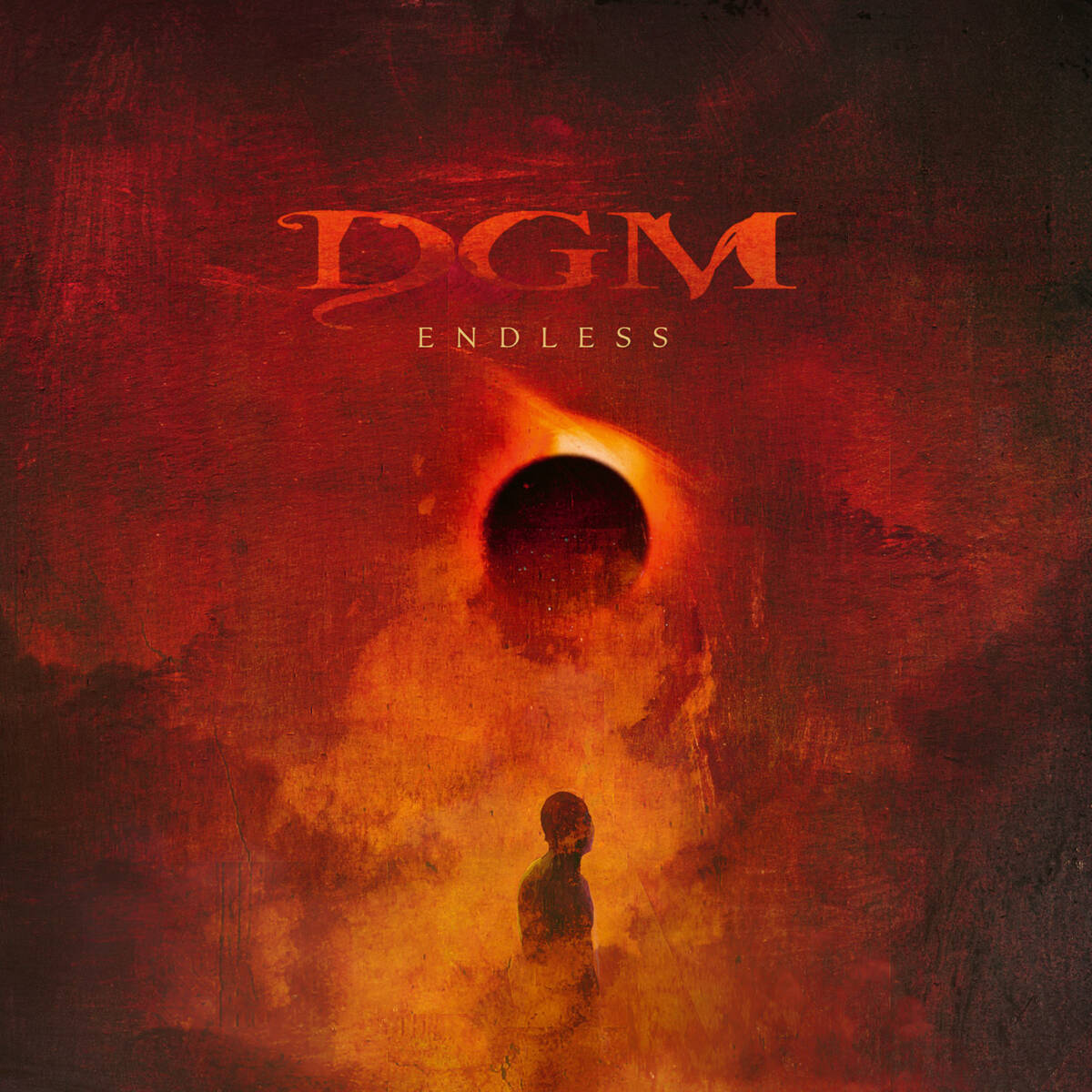


 We’re a group of Prog-lovers who started a journey to share with you our thoughts about albums, concerts, tours and festivals, the photo galleries of the Prog concerts we visit, as well interviews with upcoming or established musicians or prog-related people. Follow our Facebook page for frequent updates and news around the Progniverse.
We’re a group of Prog-lovers who started a journey to share with you our thoughts about albums, concerts, tours and festivals, the photo galleries of the Prog concerts we visit, as well interviews with upcoming or established musicians or prog-related people. Follow our Facebook page for frequent updates and news around the Progniverse.